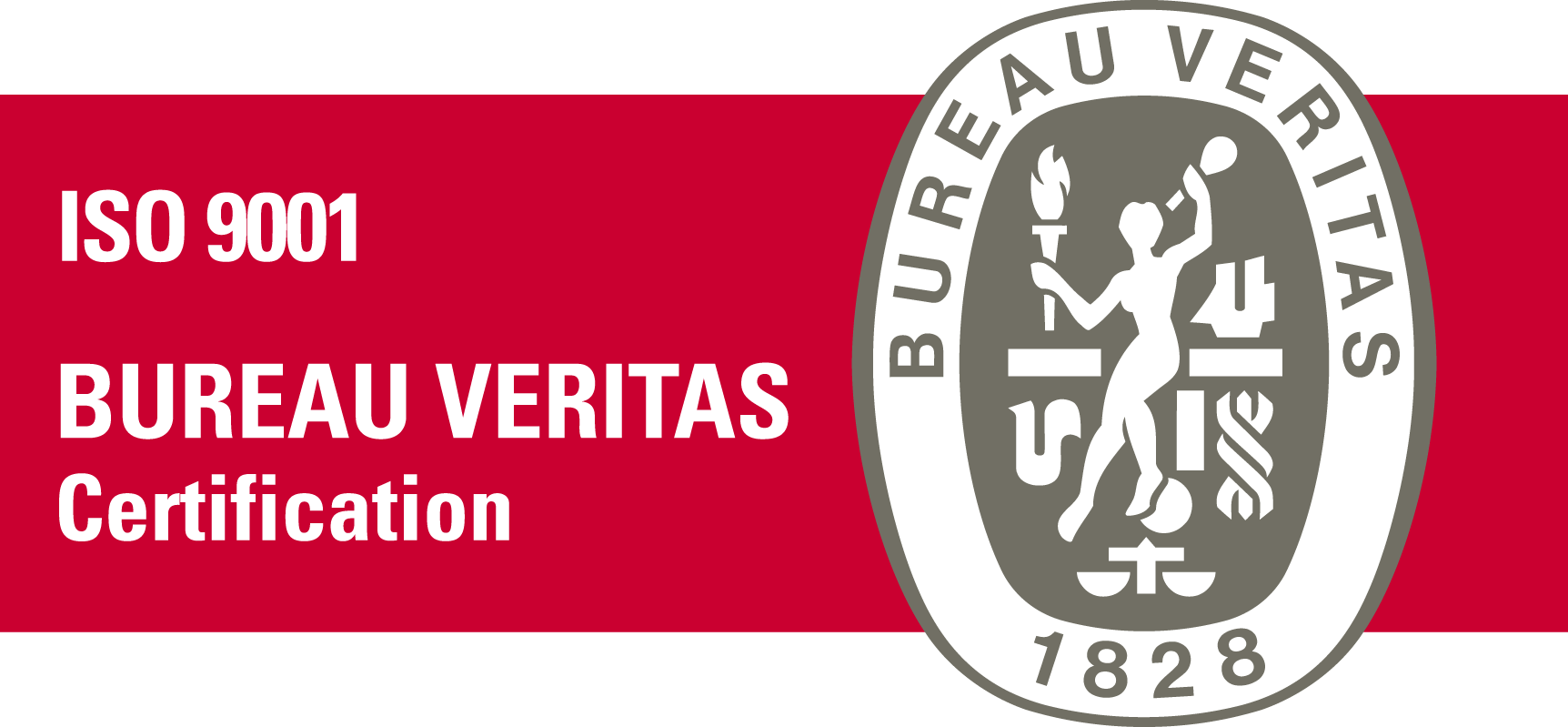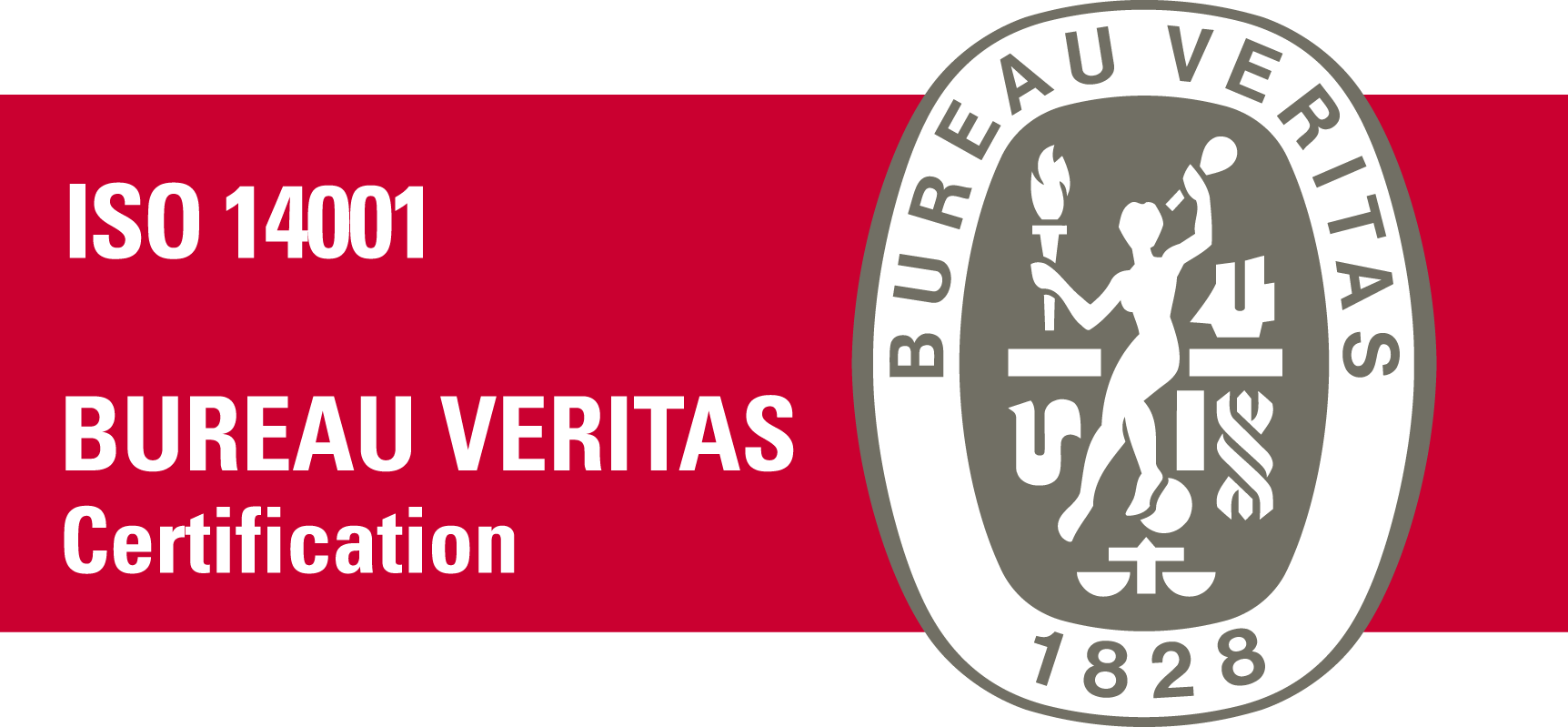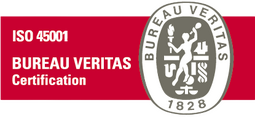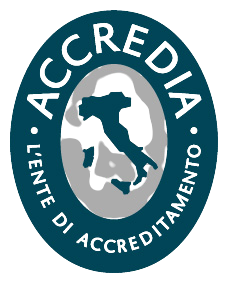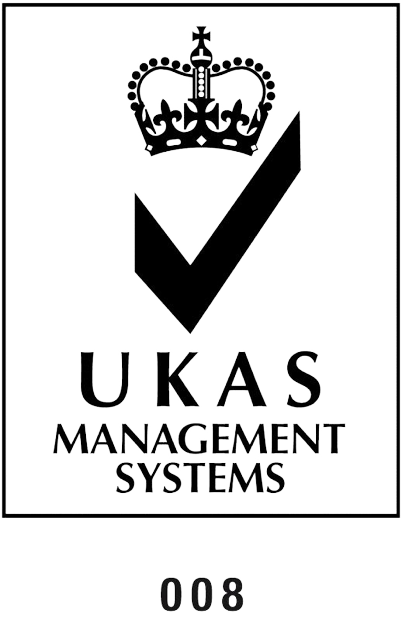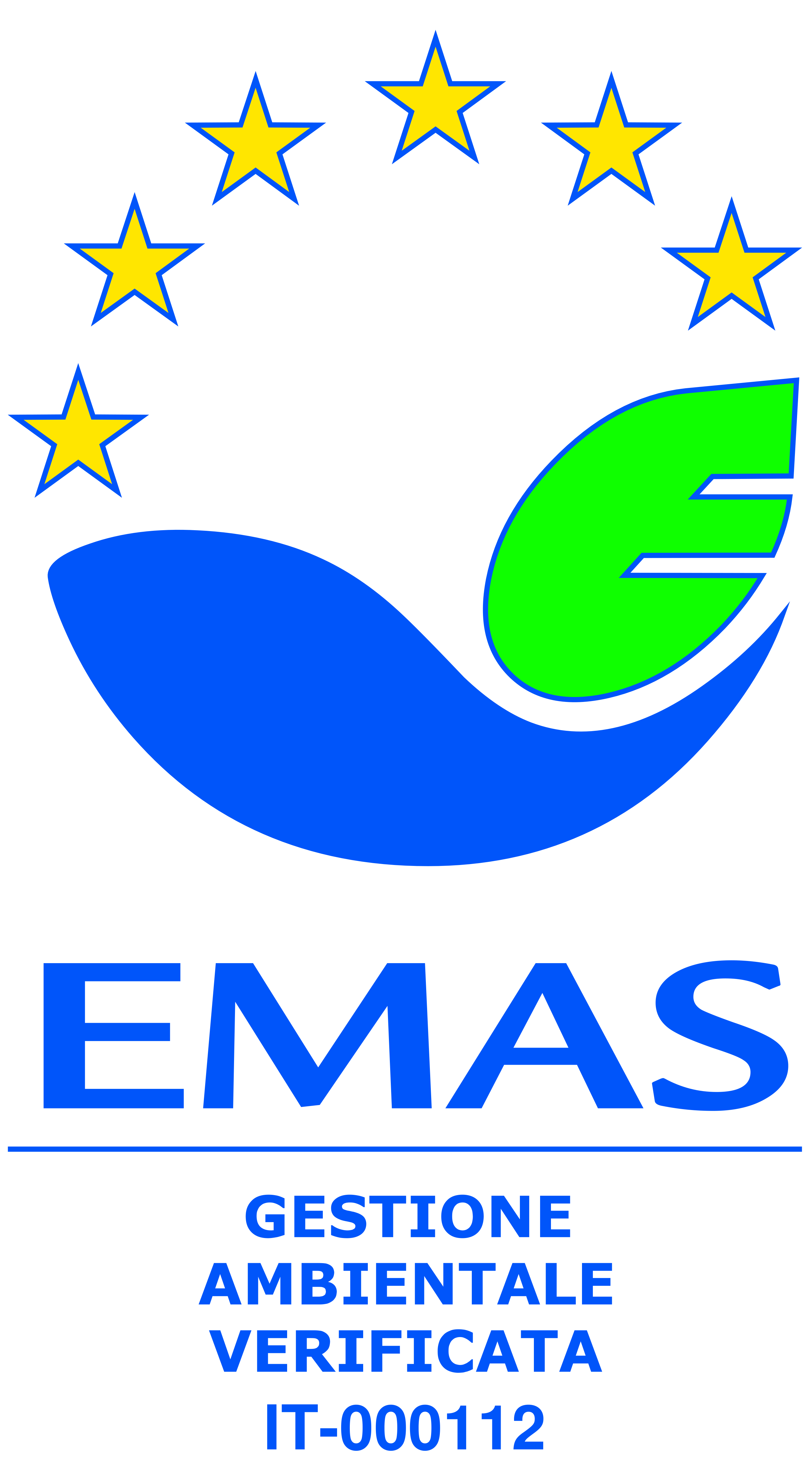FAQ: Frequently asked questions and answers
It is "any substance or object (1) of which the holder or manufacturer discards or intends or is obliged to discard". The producer can be "initial" or "new": in these cases, his activity gives rise to a new EWC code.
Producer and Holder can also be two different figures. The holder means the producer of the waste or the person who holds it. The constituent elements of detention (not defined by the Civil Code) are:
- the will to hold the thing (subjective element), as one's own, or as the owner of another real right;
the material disposition of the thing (objective element): that is the carrying out of the activity corresponding - to the possession and the lack of the subjective requirement, or the will to behave as owner of the property right or other real right, as it presupposes the authority of the property right or other real right, which distinguishes it from the "owner" [1].
[1] In reality, with regard to waste, there is no distinction between owner and holder, as it does not reveal the existence or otherwise of the subjective requirement; for the Legislator it is indifferent: in fact, in the context of waste management, the category of the owner falls within that of the holder.
The waste is produced by the producer. This term identifies, alternatively, a natural or legal person:
- from the performance of whose activities waste is created, defined, for this reason, "initial";
- which has carried out pre-treatment, blending or other operations that have changed the nature or composition of said waste, for which it is defined as “new” [1].
The term was introduced in 2013, with the DL n. 101. For the sake of completeness of information, some particular cases are highlighted in which a subject is classified as a producer: a) dismantling of industrial plants by third parties. The jurisprudence clarified that "it cannot be considered a producer of its own waste, a subject that provides for the dismantling of industrial plants of others, transported to an area of its own, where the separation between metals proceeds, the recovery of reusable residues, and the accumulation The, in fact, take on this character until the moment in which the title of the said plant is decommissioned, gives it for disposal ... [...]; remove from machinery from cleaned processed products, substances that constitute hazardous processing waste of which texts committed up to saturation: phase of waste disposal activity on behalf of third parties (i.e. companies not the 13 of said cloths, rags, or cloths, and waste producers themselves), exploited as such regional authorization (sentence of the Criminal Court of Cassation, number three, 29 May 1998. If the refuses Theutes are produced by third parties, the person who owns / possesses them is not a producer. The new waste producer is a subject who, through pretreatment and mixing operations, the operation that has the chemical-physical composition of the waste, gives rise to a (new) waste, which therefore must be associated with a specific EWC code. . This principle of law, therefore, leads us to believe that, in the case of waste produced by third parties, the subject must be considered as a mere holder, and not a producer of the waste itself. Instead, the producer of waste will be the person who, in addition to carrying out the storage activity, also carries out pre-treatment and even mixing operations on such waste, or others that change the nature and composition of the waste. Examples: those who carry out sorting and selection activities of waste paper should not be considered as producers of (secondary) incoming waste, since their work has not changed the nature and composition of the waste, and therefore they are classified as holders (managers) of waste produced by third parties.
Based on the criterion of origin, waste is divided into urban and special.
On the basis of the criterion of danger, special and urban are divided into "dangerous" and "not dangerous".
The consequences for citizens, or for domestic users of the urban sanitation service, will mainly concern the fiscal level, as the increase in the overall costs to be covered by the revenue originating from the payment of the TARI by the users, also shifted to the to these, it will generate, to their detriment, an increase in tariffs, in relation to the greater share of the volumes of waste to be managed (in particular: the "variable" portion of the total revenue will increase, that linked to the entity of the service provided and, in this case , the quantity of waste collected / managed) that will have to bear the costs of management to all users and will not be charged solely to the producer of the waste
With the new assimilation, the municipalities are no longer entitled to regulate the institution of assimilation, until 31 December 2020 established through specific regulations issued by the local body.
Correspondingly, with the implementation, the competences on this point by State, Ministry of the Environment and Municipalities have been revised, removing their original prerogatives in terms of assimilation, which now takes place directly and automatically, except for the possibility, by the Producer. waste, to send them autonomously for recovery.
These renewed powers of the Municipality, described in art. 198 of the TUA, provide that the municipalities contribute only to the management of urban waste (in fact the references to assimilated waste, c.1 are deleted), no longer provide (as mentioned above), that, by means of a regulation, the assimilation criteria are established , for quality and quantity, of special non-hazardous waste to urban waste
Following the new definition of the "assimilation" of non-dangerous "specials" to "urban", it is necessary for transport operators to adapt their provisions for registration in the National Register of Managers, which, until now, has intervened to regulate the transitional regime, for subjects registered in categories 4 and 2-bis of the Register for the collection and transport of special non-hazardous waste identified by the EER codes and by the descriptions contained in Annex L-quater produced by activities listed in attachment L-quinquies, attached to part IV of legislative decree no. 152.
Following the new definition of the "assimilation" of non-dangerous "specials" to "urban", it is necessary for transport operators to adapt their provisions for registration in the National Register of Managers, which, until now, has intervened to regulate the transitional regime, for subjects registered in categories 4 and 2-bis of the Register for the collection and transport of special non-hazardous waste identified by the EER codes and by the descriptions contained in Annex L-quater produced by activities listed in attachment L-quinquies, attached to part IV of legislative decree no. 152.
The waste sector is undergoing an epochal change, with the entry into the scenario of a Regulatory Authority for the tariffs of the services offered by the Environmental Hygiene Operators, ARERA, which recently intervened to establish a new analytical method concerning the determination of the associated tariffs. the Waste Tax (TARI) of the urban hygiene service, and the next (and substantial) update of the Minimum Environmental Criteria (CAM) of the urban hygiene service (after their introduction almost six years ago, with the Environment Ministerial Decree of 13 February 2015 ). In this context, the issuance of a package of four Directives by the EU, which took place about two years ago, on 4 July 2018 (so-called "Circular economy package", or "Circular economy package"), of which the n. 851, which intervenes (amending and integrating it), on the current Framework Directive on waste (no. 98 of 2008). Two years after its issue, this Directive, implemented by our country with Legislative Decree no. 116 of 3 September 2020, had the advantage of significantly modifying the regulations on waste management, contained in the articles of Part IV of the Consolidated Environmental Law (“TUA”, Legislative Decree no. 152/2006).
For the years following 2021, according to the indications provided by the Emilia-Romagna Region, with Law no. 11 of 29 December 2020, the communication, or the choice to use the services provided by our Company, must be made by 30 September of each year.
Consequently, the internal legislation on waste reported in the Consolidated Law is amended: with the changes introduced, we want to give a more "circular" footprint to a sector that has now become highly industrialized and provide our country with more effective rules to protect the quality of the environment and human health, guaranteeing a prudent, efficient and rational use of natural resources and, in fact, promoting the principles of the circular economy.
Among the new elements introduced in the new Part IV of the TUA, we highlight:
- the new priority criteria in waste management;
- the new regulation of the temporary deposit;
- the news regarding the regulations on the extended responsibility of the producer of the product;
- the formal introduction of the new IT system for the traceability of waste (the so-called "rentri");
- the new notion of urban waste, that produced by citizens, and special, that created by businesses.
These include the new legislation on the assimilation of waste produced by companies, in relation to the performance of certain production activities, following the new definition of urban waste introduced in our legal system, slavishly acknowledging the indications provided by the European Community.
Assimilating means changing the classification of waste produced by production activities, and for this reason it transforms waste defined by origin as "special" into "urban". It basically means changing the class to which it belongs, from special "not dangerous" to urban "not dangerous"
Ultimately, a company produces waste similar to a domestic one if it carries out the production activities listed in Annex L-quinques and from these originates a certain waste reported in Annex L-quater.
As an example, it produces similar waste:
- the clothing or footwear shop which, in carrying out its activities, generates certain paper and cardboard or plastic waste (eg: packaging consisting mainly of this material);
- the mixed-food hypermarket and the food market counter which, in carrying out its activities, originates waste consisting of wet organic fraction;
the bookshop, the stationery shop, the hardware store which, in carrying out its activities, generates waste consisting of spent printing toner that does not contain hazardous substances.
It means Consolidated Environmental Law, and is the method commonly used to identify Legislative Decree no. 152/2006, where, in Part IV, the articles that constitute the framework legislation concerning waste management in Italy are grouped.
In the operational context of the local authority, a part of the non-hazardous waste produced by companies is considered, defined as "non-domestic" users for fiscal and statistical purposes, as if it were created by citizens, defined as "domestic" users.
With assimilation, a part of the waste coming from premises or areas owned and / or held by companies, or originating "virtually" from the surfaces corresponding to them, is considered as if it were produced by surfaces owned and / or held by domestic users , and concerns only those waste having characteristics such as not to be evaluated as "dangerous".
With the assimilation, in other words, part of the waste produced by the companies is considered as produced by citizens and potentially collected by the Municipality, which must ensure the performance of this service and, limited to this quantity, the companies must pay the tax on waste.
The direct responsibility for the waste produced by the company is no longer held, which is managed, under the exclusive right, by the public collection system: it follows that, due to the quantity and quality of the urban waste, the company must carry out the payment of the waste tax (so-called "TARI").
The possibility for the company to manage its assimilated waste through a private operator with a consequent reduction in the variable portion of the tax is always reserved.
In general, "special" waste is considered to be waste produced along the course of an entrepreneurial activity, or by companies. The c. 2, art. 184 of the TUA, amended with Legislative Decree no. 116/2020, also defines other categories of special waste, with reference to the following activities:
- demolition, construction, excavation;
industrial works if different from urban ones; - agricultural and agro-industrial activities;
craftsmanship if different from urban ones; - commercial activities if different from urban ones;
- waste produced in the context of agricultural, agro-industrial and forestry activities, pursuant to and for the purposes of Article 2135 of the Civil and Fisheries Code;
- service activities if different from urban ones;
- recovery and disposal of waste - sludge produced by potabilization - waste produced by other water treatments and the purification of waste water and the abatement of fumes;
- also from septic tanks and sewage systems;
- health activities, if different from urban ones;
- end-of-life vehicles.
Therefore, "special" waste must be classified according to a residual logic: "special" is what is not classified as "urban".
They are special waste according to art. 184, paragraph 3, Legislative Decree no. 152/2006, "TUA" (recalling that, according to paragraph 2 of art. 184, of the Consolidated Environmental Law, urban waste means those defined by article 183, paragraph 1, letter b-ter):
- waste produced in the context of agricultural, agro-industrial and forestry activities, pursuant to and for the purposes of Article 2135 of the Civil Code, and fishing;
- waste produced by construction and demolition activities, as well as waste deriving from excavation activities, without prejudice to the provisions of article 184-bis;
- waste produced in the context of industrial processing if different from those referred to in paragraph 2 [of art. 184];
- waste produced in the context of craftsmanship if different from those referred to in paragraph 2 [of art. 184];
waste produced in the context of commercial activities if different from those referred to in paragraph 2 [of art. 184]; - waste produced in the context of service activities if different from those referred to in paragraph 2 [of art. 184];
- waste resulting from the recovery and disposal of waste, sludge produced by potabilization and other water treatments and wastewater purification, as well as waste from smoke abatement, septic tanks and sewer networks;
waste deriving from sanitary activities if different from those in article 183, paragraph 1, letter b-ter).
These are unsorted waste and separate collection waste from other sources that are similar in nature and composition to the household waste indicated in Annex L-quater produced by the activities listed in Annex L-quinquies, part IV of Legislative Decree no. 152/2006 (Consolidated Environmental Law, TUA).
In other words, "waste similar in nature and composition" to household waste means that waste which, although produced by companies (and therefore, until 31 December 2020, classified as special), has a specific nature (eg: waste of paper and cardboard packaging), and, at the same time, originate from a specific activity (eg: clothing store), listed among the types identified slavishly by the legislation with the aforementioned attachments.
To be defined as "similar", they must originate from the performance of certain production activities, slavishly identified by the national legislator and from which waste deriving from the performance of industrial activities is excluded.
The complete list is shown:
- Museums, libraries, schools, associations, places of worship.
- Cinemas and theaters.
Garages and warehouses without any direct sales. - Campsites, fuel stations, sports facilities.
- Bathing facilities.
- Exhibitions, car showrooms.
- Hotels with restaurant.
- Hotels without restaurant.
- Nursing and rest homes.
- Hospitals.
- Offices, agencies, professional firms.
- Banks and credit institutions.
- Stores clothing, footwear, bookstore, stationery, hardware, and other durable goods.
- Newsagent, pharmacy, tobacconist, plurilicenze.
- Special shops such as philately, curtains and fabrics, carpets, hats and umbrellas, antiques.
- Durable goods market banks.
- Handicraft activities such as shops: hairdresser, barber, beautician.
- Craft type workshops: carpenter, plumber, blacksmith, electrician.
- Body shop, garage, auto electrician.
- Artisanal activities of production of specific goods.
- Restaurants, taverns, taverns, pizzerias,
- pubs.
- Canteens, breweries, burgers.
- Bars, cafes, patisseries.
- Supermarket, bread and pasta, butcher, meats and cheeses, groceries.
- Food and / or mixed licenses.
- Fruit and vegetables, fishmongers, flowers and plants, pizza by the slice.
- Mixed-genres hypermarkets.
- Grocery market stalls.
29. Discos, night clubs.
With the new year, if a company produces similar waste, starting from 1 January 2021 it will be able to choose two ways of managing them:
- Contribution to the public collection service: with the new year, if a company produces similar waste, it will be able to choose to confer the same, regardless of the quantity made, to the manager of the public urban sanitation service. This choice involves at least a five-year bond with the Managing Body;
- Contribution to private companies, specialized in waste collection and recovery activities: with the new year, if a company produces similar waste, it will be able to choose to continue to confer the same, as in the past, through the usual managers of its waste, such as Threshold Environment. In this case, the company will still be entitled annually to request the Municipality to be able to return, for the next five years, to the collection carried out by the Public Operator.
By transferring similar waste to the public collection service, the Producer will have to bear an increase in costs for a five-year period, due to the higher amount of the Waste Tax, not being able to reduce the variable portion that makes up the tax: in other words, the revenue total amount to be covered through the payment of the same will be higher.
Added to this are the costs that the waste producer will have to bear for the management of waste that is still different from similar ones, or the special ones that it creates during the production activity.
By deciding to give their waste similar to domestic ones to private companies specialized in waste management and recovery such as Sogliano Ambiente, the company that opts for this choice will have the variable portion that constitutes part of the waste tax reduced, due to the service in bills not disbursed by the Operator who organizes the collection on behalf of the local Authority.
A waste producer can continue to use the services offered by Sogliano Ambiente: the new regulatory framework makes it possible to continue to deliver to our plants, provided that:
- the transfer to similar waste recovery plants is certified;
- certify the commitment to start the recovery of their similar waste at these plants for a period of five years (this commitment can still be adjusted annually).
In order to be able to continue to make use of the collection and collection services of similar waste, based on the indications provided by L. R. Emilia Romagna n. 11 of 29 December, the Company must make a communication to the Municipality and to the public service contractor of the reference management area.
It is emphasized that, for the year 2021, the communication, or the choice to make use of the services provided by our Company, must be made by 31 May next.
Communication must:
- make explicit the will to deliver their urban waste
- sending them for recovery outside the public service, indicate the quantities of waste to be sent for recovery, broken down by EER code and estimated on the basis of the quantities produced in the previous year,
- indicate the duration of the period, not less than five years, for which you intend to exercise this option,
- attach appropriate documentation, including in the self-certification mode, proving the existence of a contractual agreement with the person carrying out the waste recovery activity.
Furthermore, by February 28 of each year, the non-domestic user must communicate, to the municipality and to the manager of the public service of reference, the quantities of waste that has become urban and independently sent for recovery in the previous year, giving specific evidence to those sent for recycling. .
Users who decide to continue to deliver their waste to a Private Operator such as Sogliano Ambiente are excluded from the sole payment of the tariff component in relation to the quantity of waste sent for recovery.
Furthermore, this choice does not actually bind the user to a five-year contract with the private body as it is without prejudice to the possibility of requesting to return to the public service by 30 September of each year, with effect from the following year. .
The decision to contact the public operator for the collection service instead imposes a constraint of not less than five years.
For the year 2021, according to the indications provided by the Emilia-Romagna Region, with Law no. 11 of 29 December 2020, the communication, or the choice to use the services provided by our Company, must be made by next 31 May.
For the coming years, the deadline will be September 30th.
Yes. It is in fact necessary to indicate, according to LR n. 11/2020 the quantities of waste to be sent for recovery, broken down by EER code and estimated on the basis of the quantities produced in the previous year.


